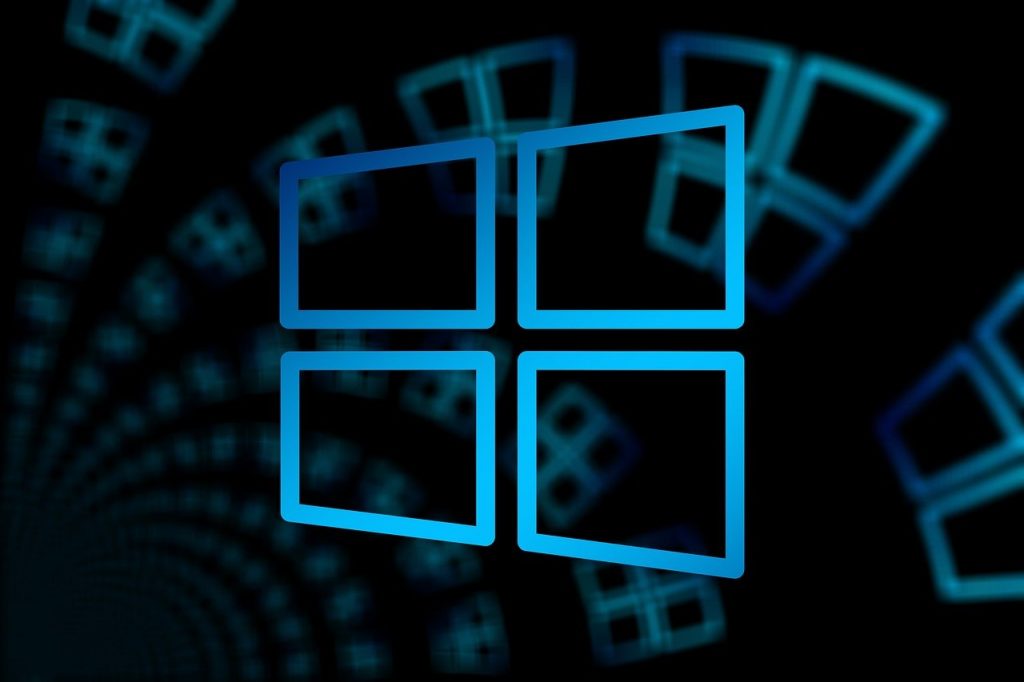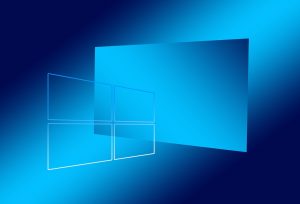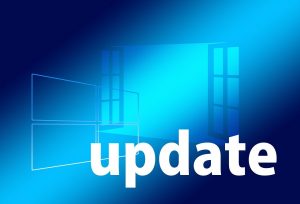A Comparison of the Most Popular Operating Systems

Operating systems are the foundation of modern computing, providing a platform for users to interact with computer hardware and run software applications. The most widely used operating systems today are Microsoft Windows, Apple macOS, Linux, Android and iOS. These operating systems have evolved over decades and have distinct strengths and weaknesses. In this essay, I will provide an overview and comparison of these major operating systems in terms of market share, architecture, interface, security, customizability and usage scenarios.
Microsoft Windows
Microsoft Windows is the most popular desktop operating system, holding around 75% of the market share for personal computers. The first version of Windows was released in 1985 as an add-on GUI interface for MS-DOS. Over successive iterations, Windows grew into a full standalone operating system. The latest consumer versions are Windows 10 (released in 2015) and Windows 11 (released in 2021).
At its core, Windows has a monolithic kernel with a combination of open source and proprietary components. The Windows SDK allows developers to create applications that can tap into the operating system’s services through Win32 APIs or .NET APIs. The graphical user interface utilizes the classic Windows shell along with a desktop metaphor composed of windows, icons, menus and pointer. This provides a familiar and intuitive workspace for users to interact with files, apps, settings and features.
A major advantage of Windows is its extensive compatibility with third-party hardware and software. The mature ecosystem offers the widest selection of compatible devices and applications. Windows also offers comprehensive administration tools for managing users, security policies, updates and configurations at scale across organizations.
On the downside, the complexity of supporting a vast hardware and software ecosystem can lead to stability issues. The desktop focus of Windows also makes it less suited for mobile and embedded systems compared to Linux-based platforms. The closed source nature of Windows can present security risks and lacks the transparency of open source operating systems.
Apple macOS
Apple’s macOS (previously called Mac OS X until 2012) has a loyal following among creative professionals and consumers. It holds around 16% of the desktop OS market share. macOS provides a Unix-based foundation while incorporating Apple’s acclaimed UI design principles.
The macOS architecture utilizes a hybrid kernel called XNU which combines the Mach kernel with BSD Unix components. This provides macOS with advanced power management features and pre-emptive multitasking. macOS leverages Apple’s APIs like Cocoa and Carbon for building native desktop apps along with support for open industry standards.
The desktop interface employs skeuomorphic and minimalist design elements like stacks, translucent textures and dock menus. Apple emphasizes usability and aesthetics in the UI to create a refined user experience. macOS supports both mouse/trackpad and multi-touch gestures for fluid interaction.
A key advantage of macOS is the tight integration between software and Apple’s proprietary hardware. This allows for consistent performance and seamless experience across the Mac ecosystem of devices. macOS offers built-in tools like Time Machine for simplified backup, Spotlight for desktop search and Gatekeeper for enforcing strict security policies on apps.
However, macOS can only be run on Apple’s Mac devices. This closed ecosystem offers less flexibility but enables greater optimization between hardware and software. The premium pricing of Mac devices also makes macOS less accessible compared to Windows. macOS is also less suitable for non-Apple enterprise environments due to limited support for Active Directory and Windows networks.
Linux
Linux is an open-source operating system kernel that powers everything from smartphones to supercomputers. The Linux kernel was first released in 1991 by Linus Torvalds and adopted by individual developers and large technology companies alike. While not widely used on consumer desktops, Linux powers nearly all the world’s supercomputers, most web servers, a multitude of mobile devices and a rising share of PCs and laptops.
The Linux kernel has a modular monolithic architecture that enables customization for specific use cases. It has an active open source community with thousands of developers collaborating globally. The kernel source code is licensed under GPLv2 to encourage commercial adoption while retaining its free status.
Leading Linux distributions like Ubuntu, Debian and Fedora consist of the Linux kernel combined with the GNU software toolchain and stacks like the X Window System. This provides a complete operating system foundation. The modular architecture allows Linux distros to be tailored with different desktop environments like GNOME, KDE Plasma and Xfce to support various UI styles.
Linux excels in flexibility, security and stability. It can run on embedded systems and supercomputers alike. The massive community scrutiny enables bugs to be quickly identified and patched. Linux provides granular user and permission management ideal for multi-user environments. Linux also benefits from vendor neutrality, avoiding issues like vendor lock-in.
However, the fragmented ecosystem can lead to compatibility issues across Linux distros. Lack of standardization can hamper development of cross-platform applications. While desktop Linux UIs have improved significantly, they still trail proprietary ones like Windows and macOS in some areas of usability and user experience. Linux also has a relatively steep learning curve compared to commercial offerings.
Android
Android is the most widely used mobile operating system globally, running on over 75% of smartphones as of 2022. Android is an open source OS developed by Google and the Open Handset Alliance based on the Linux kernel. It was first released in 2007 and has gone through major releases from Cupcake (1.5) to the latest Android 13.
The Android stack consists of the Linux kernel along with Google’s own runtime environment, libraries and application framework. This architecture provides low-level hardware access while enabling high-level application development using SDKs like Android Studio. The UI employs a touch-optimized interface based on direct manipulation with gesture navigation and notification management.
A key strength of Android is its wide app ecosystem powered by Google Play, offering over 3 million apps. Seamless integration with Google services like Search, Maps and Chrome creates a cohesive user experience. The customizable home screen, widgets and launchers allow users to personalize their devices. Open-source nature of Android fosters vibrant developer community and custom ROM development.
However, Android’s openness leads to fragmentation across devices and OS versions during updates. While Project Treble aims to address this, fragmentation remains an issue compared to iOS updates. Weak update support from device manufacturers results in security vulnerabilities going unpatched on many older Android devices. Heavily skinned UIs and bloatware from vendors also degrade the experience for many users.
iOS
iOS is the proprietary operating system that runs on Apple’s iPhone and iPad devices. Introduced in 2007 for the first iPhone, iOS has gone through 16 major releases up to iOS 16.3. It currently powers over 25% of smartphones globally, establishing Apple as the second largest mobile OS vendor after Android.
The foundation of iOS combines Darwin, the same BSD Unix-based kernel as macOS, along with Apple’s own XNU kernel. This handles low-level system services and interfaces with the device hardware. The Cocoa Touch API provides the frameworks for building mobile apps with native UI toolkits. The user interface uses direct manipulation via multi-touch input while following Apple’s design aesthetics seen in macOS.
iOS is viewed as setting the standard for mobile UI interactions. Apple’s complete control over hardware and software allows for tight integration that enables smooth performance with fluid animations and gestures. The user experience stays consistent across updates and devices. iOS features robust APIs for connectivity, multimedia and augmented reality powered by Apple’s custom silicon.
However, iOS’s closed nature means it only runs on iPhone and iPad devices. This limits options but allows Apple to optimize the OS specifically for their hardware. iOS is also tied heavily into Apple’s ecosystem, making it less open compared to Android. iOS provides limited UI customization compared to competitors. Advanced users may find power user features like sideloading apps and root access too restricted.
Summary
This covers a high-level overview of the major operating systems – Windows, macOS, Linux, Android and iOS. Each OS has evolved to serve distinct user segments and use cases. Windows powers the enterprise desktop while maintaining a solid consumer base. macOS serves creative pros and the Apple ecosystem, emphasizing UI polish. Linux drives infrastructure while making inroads into consumer devices. Android dominates mobile with an open, customizable OS. And iOS leverages Apple’s tight hardware-software integration to provide a streamlined mobile experience.
There is no single operating system that excels in all areas. Users will benefit from picking the OS aligned with their individual needs and preferences around customizability, usability, compatibility, performance, security and ecosystem integration. With major OS releases like Windows 11 and Android 13, users today have more choice than ever in finding the ideal platform for work or personal computing.








